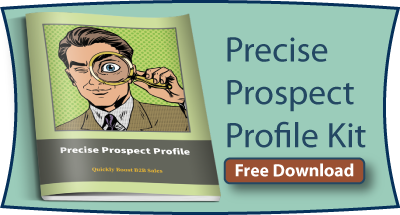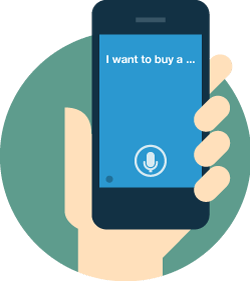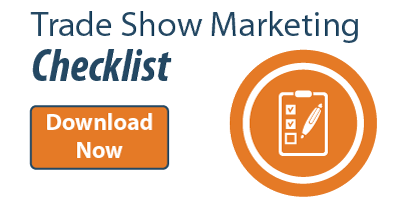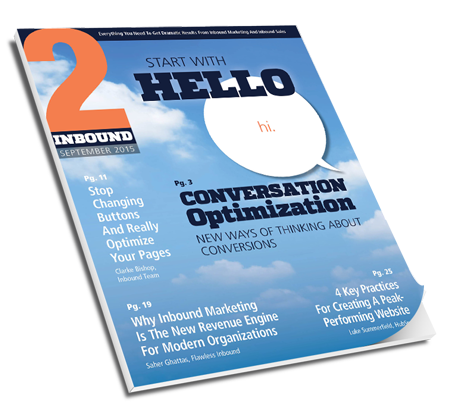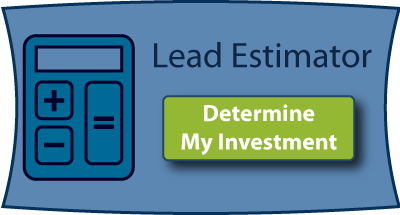The “Inbound Out Marketing versus…” series has been an eventful one.
So far, we’ve found that Inbound Out marketing can make a valuable addition to trade shows, direct mail advertising, and social media marketing in your overall strategy.
Let’s add another competitor to the mix:
Search Engine Optimization.
I love SEO. I think any smart digital marketing strategy takes it into account. You simply can’t beat search engines’ potential for sending loads of targeted traffic to your site.
And the best part?
Once you’ve got this traffic, it’s completely passive. You can let it be and focus on other parts of your business, or work on increasing it even more.
However, certain characteristics of Inbound Out marketing make it a smarter play than SEO. Here they are:

And we’re off!
Inbound Out Marketing vs. Search Engine Optimization — Time to See Results
In order to see results from SEO, a number of things need to happen:
-
You need to optimize your page(s)
-
You need to build/attract links and social signals
-
You need to wait for these links and social signals to be indexed by Google
-
You need to wait for that link juice to pass on to your page(s)
-
And finally, you need to wait for that link juice to be reflected in your rankings. If it’s not enough, you need to attract more (or higher quality) links and social signals.
Only a few of these steps are under your control. Once you have carried out a step, the rest is up to the search engine’s algorithm. It’s a waiting game.
And there isn’t a distinct end to the game until you hit that first page. Until then, you have to continually guess whether or not you need to put more effort into the campaign, or whether you need to wait longer for those signals to sink in.
For this reason, many people dial back their SEO and focus on other tactics to grow their business -- like Inbound Out marketing.
Inbound Out marketing can be implemented immediately. There are preparation phases (Strategy, Precise Prospect Profile, gathering a list of targeted prospects, and creating buyer-focused content), but all of these phases are entirely under your control. You control how long they take.
Then you immediately transition into the Targeted Outreach phase. This is where the magic happens and the results begin. You establish connections with your direct target audience, entice them to become leads, and convert them into sales.
No waiting. Just direct results from your efforts.
Inbound Out Marketing vs. Search Engine Optimization
— The Variables
When conducting an SEO campaign, there are many variables to consider:
-
On-page SEO (keyword placement, content length, title tags, external linking, internal linking, etc.)
-
Off-page SEO (social signals, number of links, PR of those links, DA of those websites, anchor text variation, relevancy, etc.)
-
Search engine algorithm changes
All of these variables affect your results. And since search engines keep their algorithms secret, much of this is guess work (even for SEO “gurus”).
But here’s what we know about Inbound Out marketing:
The variables are concrete.
You know your response rates in real time, you know how many leads you’ve generated from each campaign, and you know the percentage of sales that came from those leads.
This makes budgeting for your campaigns much easier. And because these variables are easy to measure, you can continually optimize and improve your results.
Which leads us to our next battle:
Inbound Out Marketing vs. Search Engine Optimization
— Iterating and Improving
It’s inherently tough to measure what’s working best in SEO until 6 months to a year down the line.
This is because 1) it takes a while for your efforts to be reflected in your rankings and traffic, and 2) you don’t truly know which efforts contributed more or less to those results (since the algorithms are secret). Things that are tough to measure are tough to improve.
With Inbound Out marketing, since you get almost immediate feedback from your prospects (even if they don’t respond to your marketing, that’s still feedback you can use), you can continually optimize your strategy.
You can consistently analyze what’s working and what isn’t. In terms of business growth, this is the most valuable information to have at your disposal.
Wrap Up
The benefits of SEO are too great to ignore:
But it has certain pitfalls that Inbound Out marketing can make up for.
Inbound Out marketing can be implemented immediately and achieve results much faster. The variables involved are simple and easy to measure, and since you get almost immediate feedback from your marketing, you can optimize your strategy and improve your results in real time.
Traditional marketing is changing. Why? Because buyers have changed. Download the CEO's 2016 Guide to Marketing now to learn and execute your own 2016 marketing strategy today.

Takeaways
- Inbound Out marketing can make up for a lot of the pitfalls of SEO.
- SEO is a long term strategy, while Inbound Out can be implemented immediately.
- The variables are more measurable, allowing you to get feedback and optimize your strategy more efficiently.


